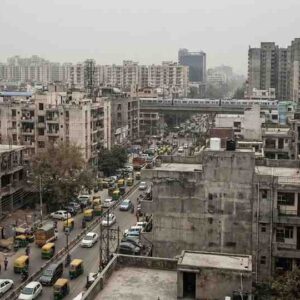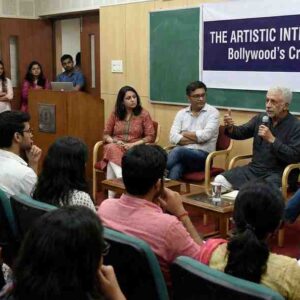Mumbai – 2025
They dance before they walk into school. Memorize scripts before multiplication tables. Face national applause before adolescence—and often national criticism before adulthood. In India, where child actors are adored, overexposed, and sometimes forgotten all within a few years, the price of early fame is steep and often silent.
From television serials and ad films to reality shows and full-length Bollywood roles,child performers carry adult expectations with underdeveloped emotional tools. While audiences cheer their precocious talent, few pause to ask:what happens to the child behind the star?
When Childhood Becomes a Career
Indian child actors often begin working between ages5 and 12, navigating:
- Gruelling shoot hours
- Pressure to cry on cue
- The loss of unstructured play
- Hyper-exposure to adult environments
Many are homeschooled on sets. Some miss years of conventional schooling. Others work through illness, social isolation, or fatigue, driven by thefamily’s financial dependency or aspirations.
And yet, there are no formal industry standards for:
- Mental health check-ins
- Cognitive development support
- Boundaries between parental ambition and child agency
The Psychological Fallout of Early Visibility
Fame in formative years alters emotional wiring. Child stars often face:
- Validation addiction: Self-worth linked to praise, applause, and attention
- Identity diffusion: Difficulty separating performance from personality
- Burnout and withdrawal in teenage years, when roles reduce or vanish
- Social detachment: Struggling with peers, forming friendships, or trusting motives
Some developanxiety, depression, or self-esteem issueslater in life—especially when the fame doesn’t “scale” into adulthood.
The Transition Trauma: From Cute to Forgotten
India’s entertainment industry is famously fickle:
- Child actors rarely receive career guidance post-15
- There’s limited effort to retrain or support them as they outgrow their market image
- Only a handful successfully transition into adult roles—often with massive reinvention
The rest often exit quietly, their emotional residue unresolved.
The Parent Factor: Guardian or Manager?
Parents play an enormous role—sometimes as protectors, sometimes as pressure sources:
- Many parents manage bookings, negotiate contracts, and over-involve themselves in branding
- In some cases, children become primary earners, reversing familial power dynamics
- Helicoptering leads to emotional dependency, with the child unable to separate love from career management
Lack of awareness aroundchild rights and psychological safetyleaves many vulnerable to exploitation—whether emotional or financial.
Where the System Fails
India lacks:
- A central regulatory board for child performers across platforms
- Clear caps on working hours, exposure, and post-performance care
- Studio-mandated child psychologists or well-being consultants
- Legal structures to safeguard earnings until adulthood
Countries like the U.S. have theCoogan Law, protecting a child actor’s income and mandating educational and welfare support. India hasno such enforceable counterpart in film or television.
What Can Change
- Child performance licenses issued only after psychological clearance
- On-set child welfare officers during long-term shoots
- Mandatory rest days, tuition hours, and emotional check-ins
- Studios and production houses to offer post-project counselling
- Stronger unionization or advocacy groups for young performers
Final Reflection
We celebrate child stars for their talent—but rarely allow them the space to be children.
Early fame can be empowering—but without support, it can also be isolating, destabilizing, and deeply damaging.
Because behind the applause is oftena child rehearsing joy—without knowing if they’re allowed to feel it freely.












